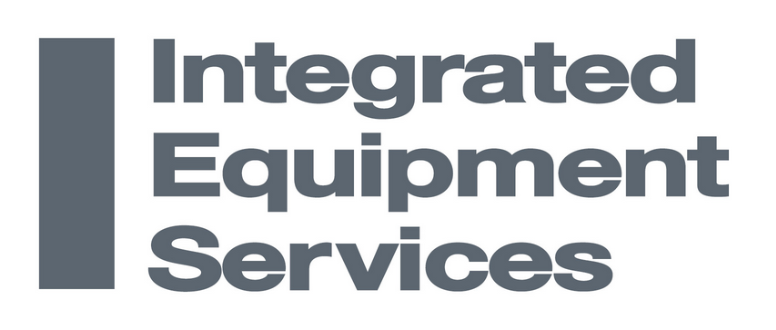In high-technology equipment moves, it’s rarely the big, obvious mistakes that trip you up. It’s the small, overlooked details.
Unchecked floor loading. A missing piece of paperwork. A crate that looked fine on the outside but hid serious damage inside.
Those are the details that can spiral into costly delays, unexpected downtime or serious damage to multimillion-dollar assets.
That’s why the number one rule we’ve learned over decades of supporting manufacturers and OEMs is simple:
Never assume.
Our general manager, Tim, runs through five proven tips for making sure equipment relocations run smoothly.
1. Gather as much information as possible upfront

A successful relocation starts long before a single piece of equipment is lifted.
“Everything comes down to planning and communication. It really does,” Tim explains. “That means knowing exactly how you’re going to move the equipment, who’s going to move it, where it’s going to go, how it’s going to be stored and where.”
Even the smallest oversights can cause big issues. For example, assuming a piece of equipment will fit without checking every step of its route. A four-meter unit might slide neatly through the loading bay doors, only to get stuck on a tight 90-degree corner ahead.
That’s why you need every detail upfront. That includes equipment specifications, site conditions, access points, storage requirements, timelines, and even environmental factors like moisture or vibration.
“Try and gather as much information as you can and check as many boxes as you can upfront,” Tim concludes. The more you know in advance, the fewer surprises you’ll face when the move begins.
2. Ask the obvious questions
Never assume every angle has been covered.
Questions like “Is the site ready?” or “Have we confirmed the access route?” may sound basic, but they can save you days of delays and tens of thousands in unplanned costs.
“You’ve got to ask the right questions, understand the scope and draw out the right information. Even if it feels obvious,” Tim adds.
And remember, what feels obvious to you may not be obvious to your colleagues. It’s far better to risk repeating a question than risk the entire move.
3. Flag anything that doesn’t look right
It’s often the little things that snowball into major problems. A missing piece of paperwork. A crate with a faint scuff mark. A shock indicator that’s triggered. A clearance that looks uncomfortably tight.
Ignore these signs, and you’re setting yourself up for bigger trouble down the line.
Flagging issues isn’t just about protecting the equipment. It’s about protecting your project timeline, budget, and reputation.
“For example, if you’re using a carrier for transport, you need to make sure you’re doing your cargo reports, checking for damage, checking for signs like shock watches, indicators, visible damage on the crates,” Tim explains. “And if you find something, you need to raise the flag straight away.”
4. Go looking for information, don’t wait for it

Critical details won’t always fall into your lap.
And if you’re waiting for someone to hand you the right drawings, risk assessments, or site readiness reports, you’re already behind.
“A common mistake I hear is: ‘They didn’t give me the information.’ And I say, ‘Well, did you ask?’ If someone doesn’t tell you exactly what they’re expecting, or they don’t tell you a pertinent piece of information, you can’t plan for it,” Tim says. “And anything you do which isn’t planned, the cost goes up.”
Proactive teams instead seek information out. They ask, they check, they double-check. Because the cost of waiting is always higher, with last-minute scrambles, equipment delays, and firefighting under pressure.
5. Trust your instincts
When you’re standing on-site, surrounded by colleagues, equipment, and deadlines, it can be tempting to override your gut.
But if something feels off, whether it’s the load balance on a lift, the way a piece of kit is crated, or the flow of people around the move, pause and question it.
Sometimes instinct is your most reliable tool.
It’s built on experience, the subtle cues you’ve picked up from hundreds of jobs, the lessons you’ve learned from what went wrong in the past. And acting on it can be the difference between a seamless relocation and a huge setback.
“If something doesn’t look right, it probably isn’t. So question it,” Tim concludes.
Move high-technology equipment with total confidence
From single pieces of equipment to entire site relocations, we’re backed by over 30 years of moving capital equipment within high-technology industries.
Find out more about our equipment moves service via our webpage here.

